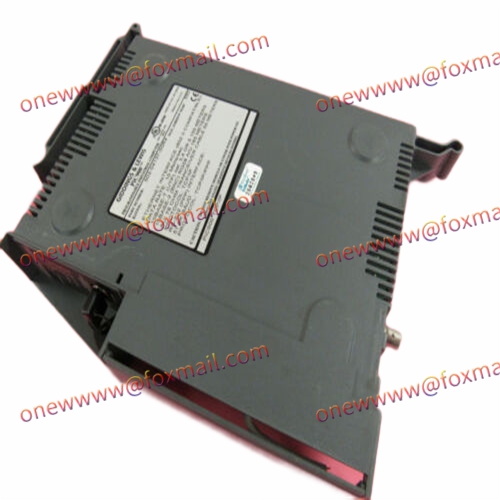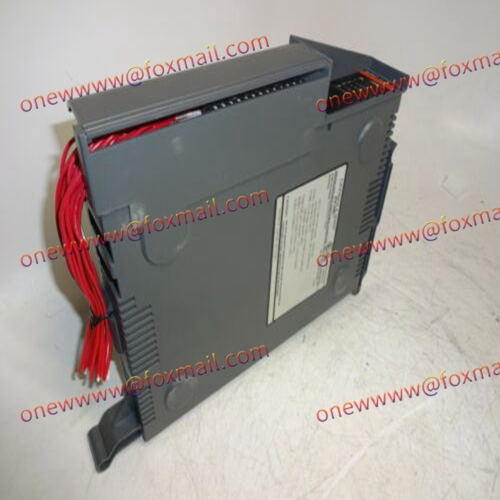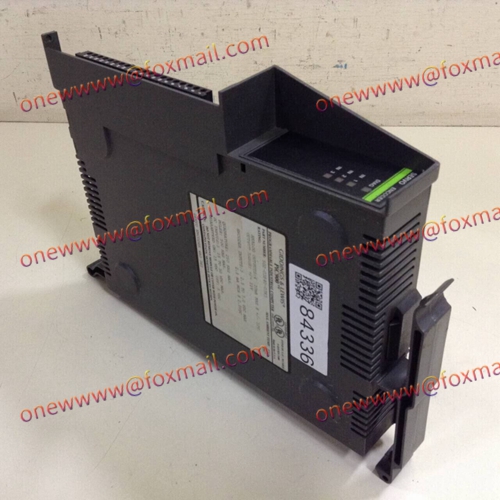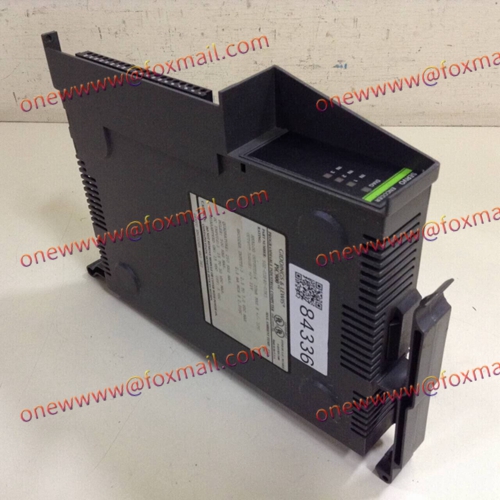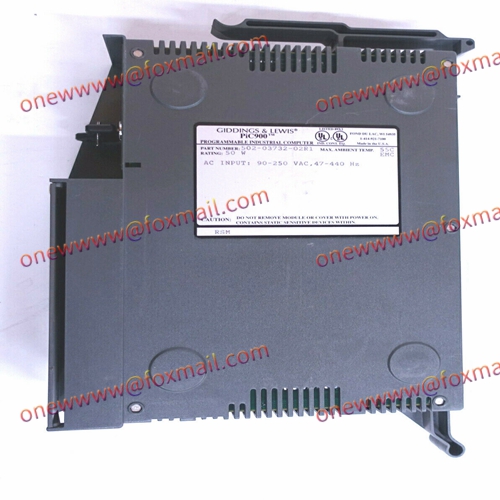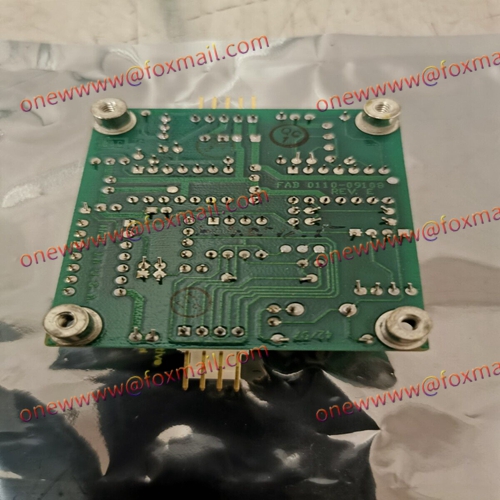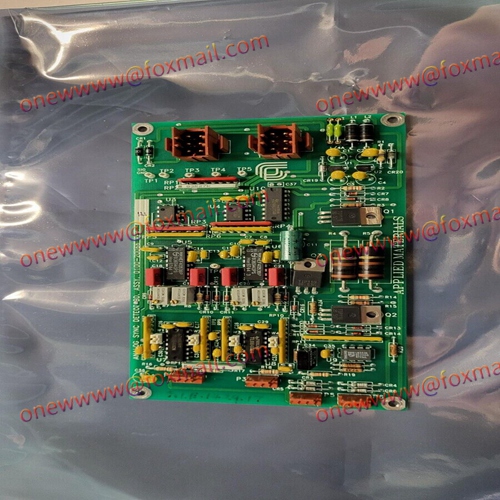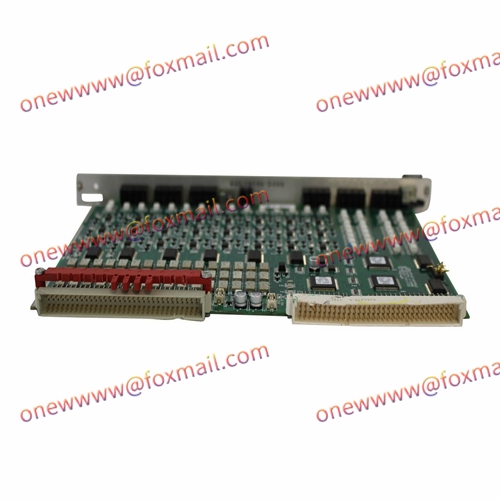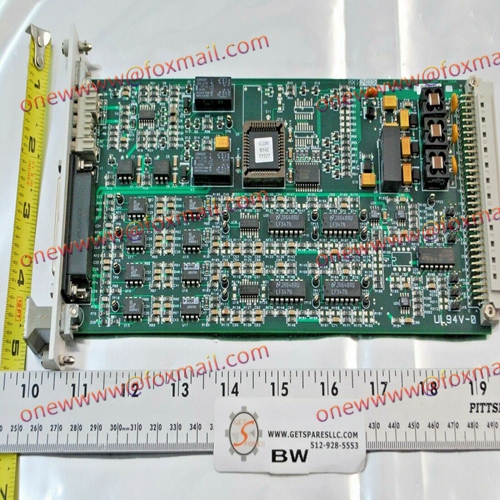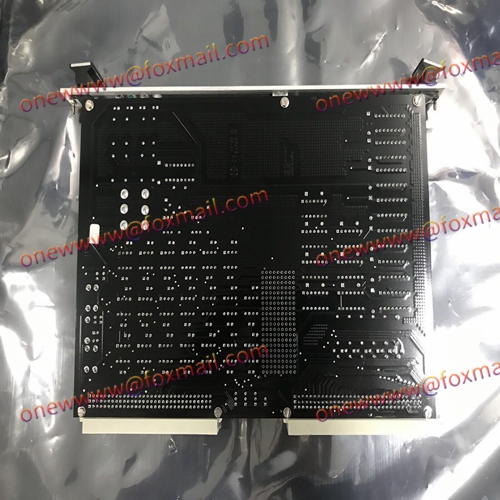Kollmorgen 502-04137-00 interface module
Kollmorgen provides various interface modules for communication and connection with other devices and systems. The following are some common features and product details of the Kollmorgen interface module in general:
Communication interface: Kollmorgen’s interface module typically supports multiple communication interfaces, such as Ethernet, CAN bus, RS-232, RS-485, etc. These interfaces can be used for data exchange and communication with upper computers, PLCs, HMI, and other devices.
Data transmission rate: Interface modules typically support high-speed data transmission to achieve real-time control and communication requirements. The specific data transmission rate depends on different module models and communication protocols used.
Functional extension: Some interface modules may provide additional functional extensions, such as digital input/output (I/O) interfaces, for connecting and controlling external devices and sensors.
Flexibility and Scalability: Kollmorgen’s interface modules typically have flexibility and scalability to adapt to different application requirements. They can be customized through programming or configuration to meet specific interface requirements and system integration.
Reliability and stability: Kollmorgen’s interface modules typically have reliable design and stable performance to ensure long-term stable operation and data transmission.

